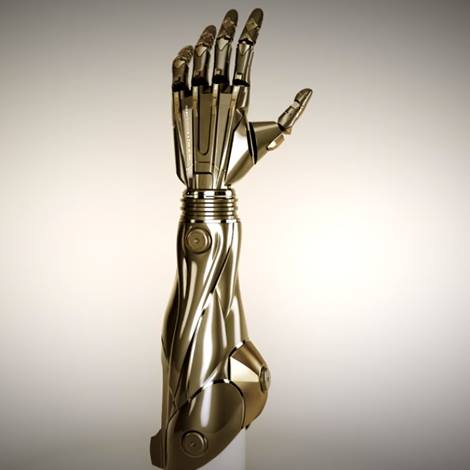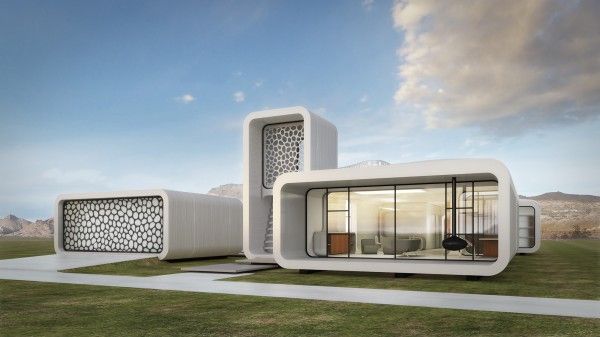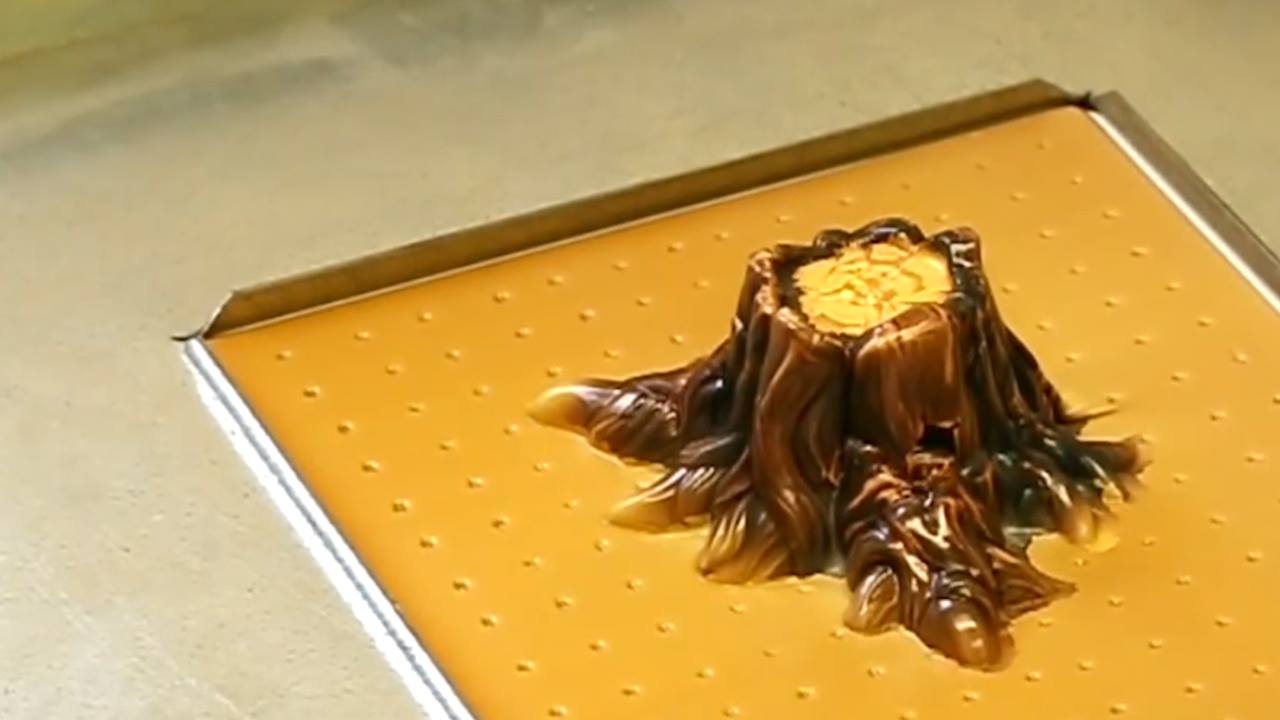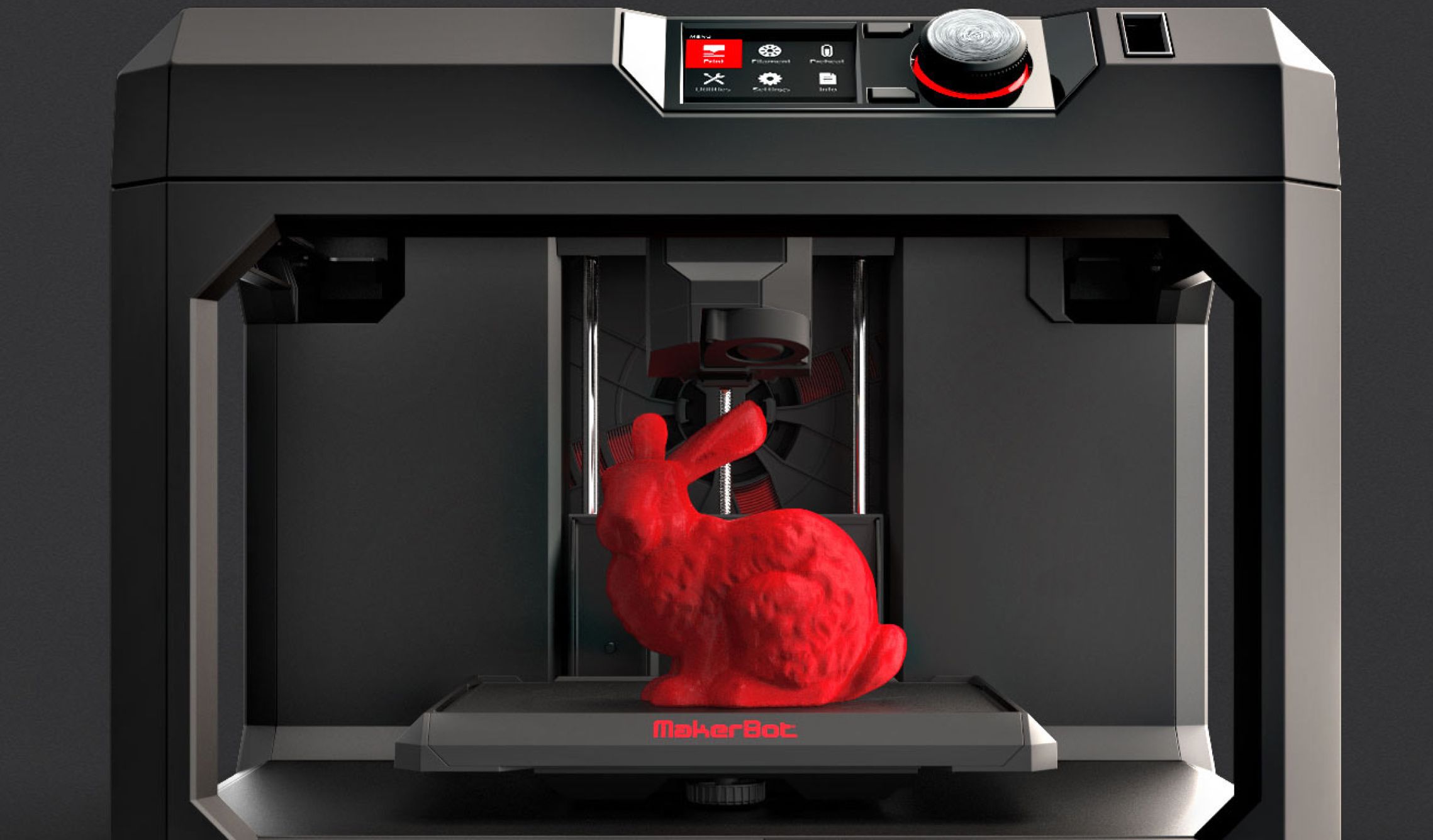Open Bionics prosthetic arm.
We’re live with Open Bionics and we’re checking out their insanely cool Deus Ex prosthetic arm.


China’s big win.
Last week a team from Chinese 3D printing construction company WinSun visited Saudi Arabia, meeting with department of housing official and others to discuss the kingdom’s housing shortfall.
According to 3ders.com and others, the Chinese firm’s chairman and vice president met officials from the housing department and investment authority, and were told the Saudi government believes WinSun’s technology could help meet a shortage in available housing. WinSun was invited to open a Saudi factory.
According to an April report from Reuters, the Arab state is looking at a shortfall of 1.5 million housing units over the next five years.


WOW — now that’s an engineering feat.
While Dubai is keen to become a 3D printing world leader with their Dubai 3D Printing Strategy, they are by no means the only Middle Eastern nation to look into this technology. Last week a delegation of Chinese WinSun officials traveled to Riyadh, the capital of the Kingdom of Saudi Arabia, to discuss construction 3D printing. Among others, the Chinese construction 3D printing pioneers were invited to 3D print up to 1.5 million housing units over the next five years.

WinSun is the company that made construction 3D printing a practical reality. Back in 2014, the Shanghai-based company created headlines all over the internet for building not one, but ten 3D printed houses in less than 24 hours. Since then, Shanghai WinSun Decoration Design Engineering Co., to give its full name, has been building on that initial achievement with one 3D printed concrete creation after another. Back in March, they even unveiled two gorgeous 3D printed Chinese courtyards.


Big Data and 3D.
3D printing remains one of those technological areas that holds a great amount of fascination. What began as a type of niche market has expanded rapidly in the past few years to encompass nearly every industry out there, from the medical field to manufacturing.
The outlook is a positive one in terms of 3D printing’s future, with Gartner predicting the amount of spending on 3D printers to exceed more than $13 billion in 2018. While 3D printing has always held a lot of promise, one of the factors truly taking the concept to the next level is big data.
In much the same way that big data has benefited businesses of all types and sizes, it has proven to play a pivotal role in the growth of 3D printing. As more organizations get a firm grasp on how best to use both big data analytics and 3D printing capabilities, the two areas will form a more established and interdependent relationship.

Could we see a day when 3D Printers replace convection ovens and microwaves in the kitchen?
Over the last few decades, a new wave of science has been infused into the world of food in the form of molecular gastronomy. By definition, food preparation and cooking involve physical and chemical changes, and molecular gastronomy simply uses scientific principles to take food in new technical and even artistic directions.
It’s also a great excuse to have some fun with liquid nitrogen.
Back in 2013, another big step in food science came with a successful crowdfunding campaign to make a true functional food replacement containing all the necessary nutrients to sustain life. With a clever name that provoked everyone to read the ingredient list twice for anything resembling people, Soylent tastes like pancake batter but doesn’t make good pancakes.

Growing up in Jakarta’s polluted slums, Vera Mulyani loved building things. As a child, she dreamed of becoming an architect.
More than two decades later, Mulyani is a self-proclaimed “Marschitect,” and spends her time brainstorming how human life might be sustained on the red planet. After studying at École d’Architecture de Nantes in France and at New York Film Academy, in January 2015 she founded Mars City Design, a think tank of sorts aimed at developing blueprints for the first self-sustaining city on Mars.
Earlier this month, Mars City Design raised $30,382 on Kickstarter to realize the next phase of its mission: Within the next three years, the group wants to 3D-print three to-scale habitat prototypes of Martian cities at Reaction Research Society’s test area in the Mojave Desert.

Genie out of the bottle.
A new guide into 3D printing rights and responsibilities has been launched to explain what consumers need to know before printing in 3D, including the potential risks in creating and sharing 3D printable files, and what kinds of safeguards are in place.
The website “Everything you need to get started in 3D printing” was developed by staff at the University of Melbourne in response to the growing number of users keen to find, share, and create 3D printed goods online.
A team from the School of Culture and Communications at the University of Melbourne designed the website which includes a scorecard for various 3D printing sites, as well as some useful tips for those getting started in the 3D printing world.

Future Science Group (FSG) today announced the publication of a new article in Future Science OA looking to identify and define key terms associated with bioinks and bioprinting.
The use of 3D printing technologies for medical applications is a relatively new and rapidly expanding field, and is being approached in a multi-disciplinary manner. This has led to overlapping and ambiguous definitions within the field as a whole, and confusion over some terms, for example the prefix of ‘bio-‘. This new piece from William Whitford (GE Healthcare Life Sciences, USA) and James B. Hoying (Advanced Solutions Life Sciences, USA) introduces common definitions for 3D bioprinting-related terms, putting them into context. Terms defined within the article include 3D and 4D printing, bioadditive manufacturing, biofabrication, biomanufacturing, bioprinting, biomimetic printing and bioinks, among others.
“Additive manufacturing has transformed our approach to production in many ways,” notes Whitford. “There is now rapid development in the bioresearch, diagnostic and therapeutic applications for 3D printing. It’s difficult to even keep abreast of the number and types of relevant printing technologies, applications and vocabulary. We here identify some of the terms recently coined in this arena.”